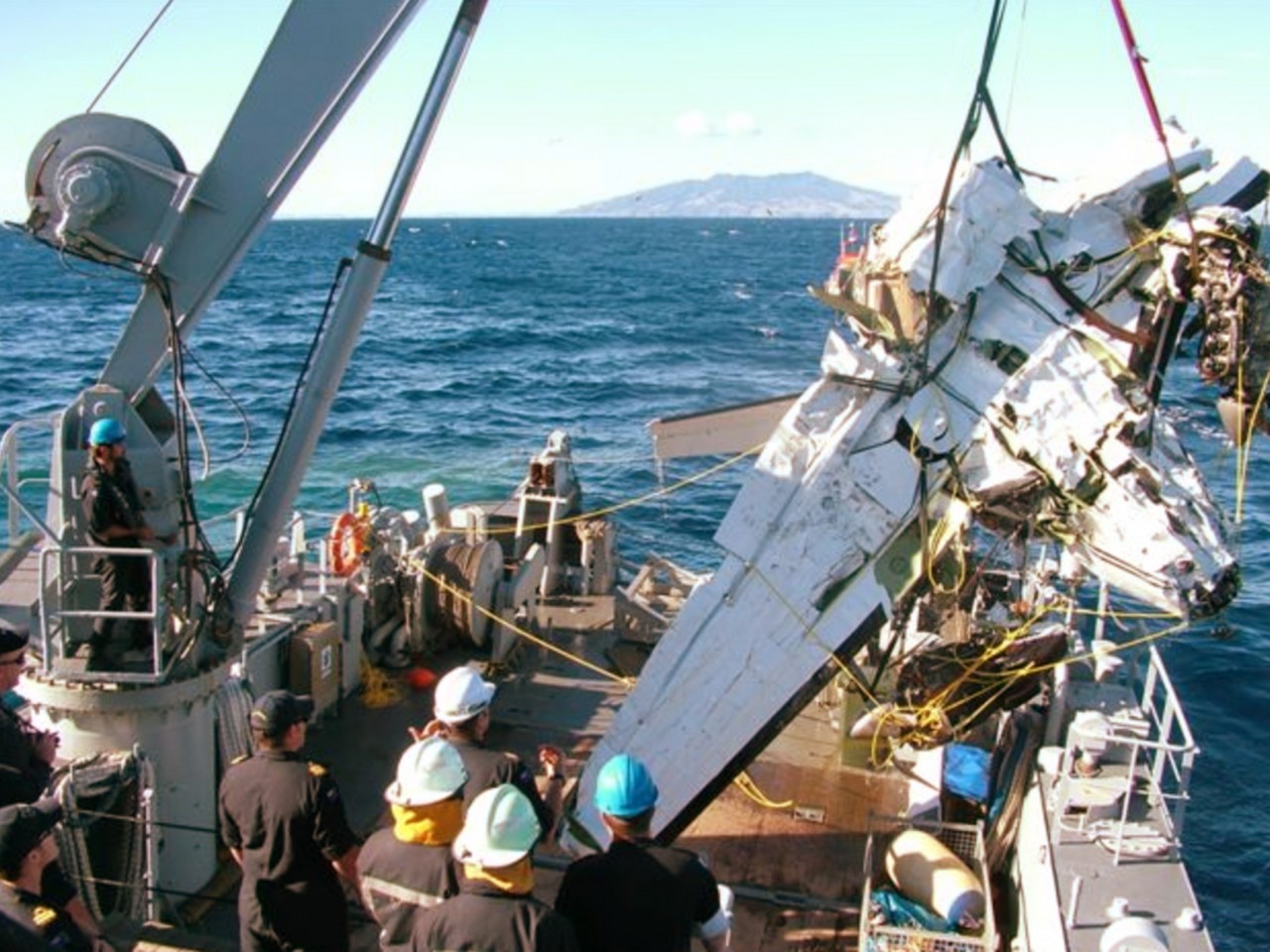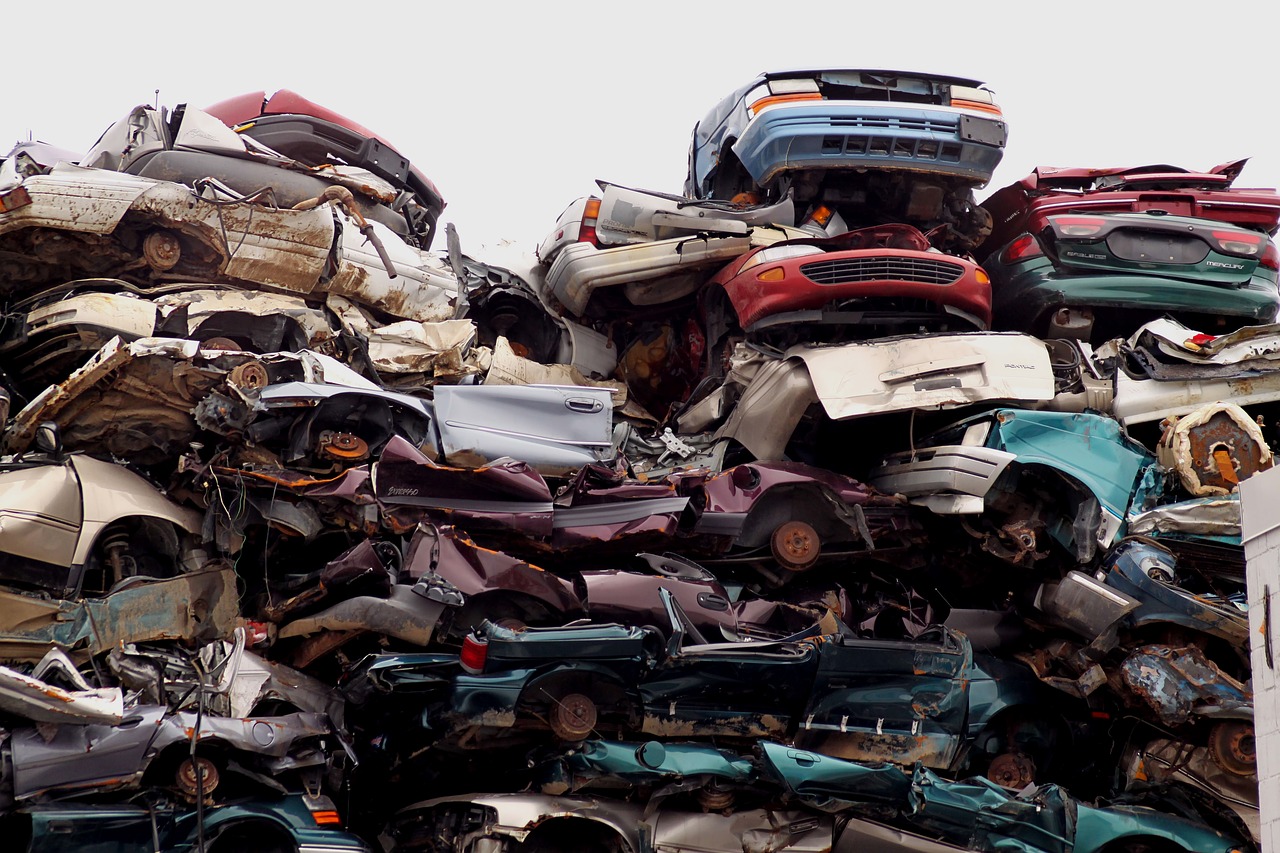“Murphy’s Law” states: “anything that can go wrong will go wrong.” And so it is in the world of airplane disasters. From a distance, most air disasters seem simple: a midair crash, a plane running out of fuel, a fire breaking out, excessive air turbulence or low visibility due to snow or rain. But in reality, each and every crash presents its own unique sequence of events so unique to the plane involved that they tell a completely new story each time.
Today’s planes are anything but simple. Given all the moving parts and variables involved in operating a modern plane there is literally an infinite number of ways it can end up crashing to the ground or in the water. And plane designers are well aware of the problems presented by humans so backup systems are put in place to take over if a human isn’t doing what he should. But backup systems are limited and engineers and designers aren’t able to imagine all the possibilities.
According to a recent report that was published in the aftermath of the Air France 447 crash, “human operators notice and react according to their mental representation of the situation, not to the real situation.” Misconceptions about what is happening in the plane are caused by fatigue, lack of training and similar human shortcomings.
A Snowballing of Errors
Perhaps worse than not understanding what is really happening is the subsequent failure of communication that results and often leads to a situation getting worse. And even if a person notices that something is beginning to go wrong with a plane, he might not have the competencies needed to to fix the problem. Pilots often do not behave in the way experts would expect them to.
A pilot may be expecting one thing to happen and is completely baffled when something completely different occurs. It may be an event he never imagined. This causes a delayed reaction, a wrong reaction or no reaction at all. The longer a pilot “lingers” in a state of confusion, the more likely he will perform it in an inappropriate manner, often destabilizing the plane and making the situation worse.
More Human Foibles
Beyond the competency of an airplane pilot, there is a pilot’s ego. Many a plane crash has occurred due to the simple fact that the captain’s ego got in the way and he was “too proud” to admit he had lost control of the situation. Air industry statistics show 20% of accidents are due to a technical problem with a plane and 80% due to human error.
Related articles on IndustryTap:
- 5 Chemical Plant Explosions, The Causes & How To Avoid Future Disasters.
- Space Age Floating Lillypad Cities Inspired By Natural Disasters
- Using Engineering To Reduce The Threat & Cost Of Natural Disasters
References and related content:







